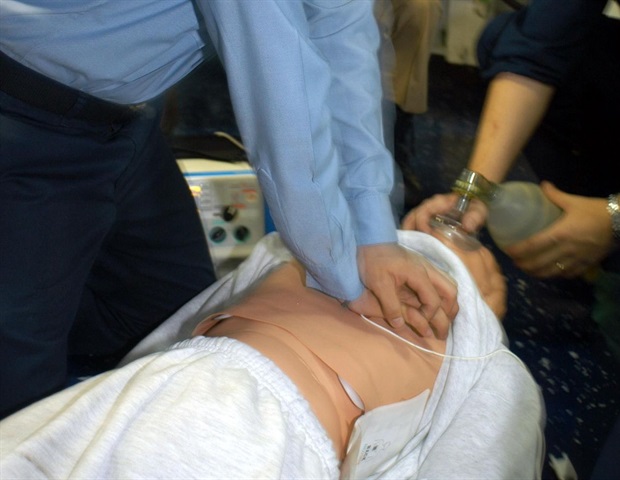Aug. 17, 2022 – If you’re having surgery to remove a kidney stone and doctors discover other, smaller stones nearby, it’s safer to go ahead and have them all removed at once, a new study suggests.
Dealing with those smaller stones, which may be in the opposite kidney or in the urethra, led to fewer trips to the emergency room, fewer future surgeries, and prevented those stones from getting bigger, according to a small randomized study published Aug. 10 in TheNew England Journal of Medicine.
“Whether to remove small, asymptomatic kidney stones is a common surgical decision that currently lacks specific guidelines,” wrote Mathew D. Sorensen, MD, from the University of Washington School of Medicine in Seattle, and colleagues. The debate “has even extended to dueling editorials by experts in the field.”
The new study results add “to a growing body of evidence” that supports removing all known kidney stones at once, they wrote.
In an editorial published alongside the study, David S. Goldfarb, MD, wrote that tools doctors use to remove stones have gotten smaller and more flexible, which has helped make these kinds of procedures more successful.
The findings are important because “there is a high likelihood that ‘silent’ stones will become symptomatic,” and removing them early is better for the patient’s health and wallet, said Goldfarb, of the New York Harbor Veterans Affairs Healthcare System and NYU Grossman School of Medicine in New York City.
Also, “patients who have had symptomatic stones often recall harrowing emergency department visits and dread a lack of appropriate” pain relief. They “worry about the threat posed by those ‘trivial,’ ‘benign’ calcifications seen on imaging studies.”
“One can imagine,” Goldfarb said, “that elective removal may allow these patients to avoid pain and trauma, inefficient and costly emergency department visits, infections, receipt of pain medications, and additional imaging studies.”
Additional Surgery is 25 Minutes Longer, but Saves Money in Long Run
Sorensen and colleagues enrolled patients 21 and older who were scheduled to have endoscopic surgery of a primary kidney or ureteral stone in large, urban, U.S. centers from May 2015 to May 2020.
Scans showed that the patients also had at least one more small kidney stone that didn’t cause symptoms.
Thirty-eight patients had secondary stones removed (treatment group) and 35 patients did not (control group).
After 4 years, six of the 38 patients (16%) in the treatment group and 22 of the 35 patients (63%) in the control group had a relapse – meaning a future emergency room visit, a surgery, or growth of secondary stones.
The risk of relapse was 82% lower in the treatment group than in the control group.
The time to relapse was also 75% longer in the treatment group than in the control group (4.5 years versus 2.6 years).
Treatment of secondary stones added around 25 minutes to the surgery time.
“The additional 25 minutes needed to remove small, asymptomatic renal stones at the time of surgery for a primary stone … should be weighed against the potential need for repeat surgery in the 63% of patients who had a relapse,” Sorensen and colleagues wrote.
Questions Remain, Possible Future Nonsurgical Approaches
The researchers acknowledged that the study was relatively small, and few patients were nonwhite.
Several questions remain, according to Goldfarb.
He wondered whether general urologists would be as capable as endourologists – the specialists who did the procedure in this study; whether the procedure could be applied to secondary stones larger than 6 millimeters; and whether the number of secondary stones affects the surgery time.
Only about 25% of patients in both groups were prescribed preventive medications, he also noted, and greater use of these may have changed the results.
“Finally, and most provocatively,” Goldfarb asked, “when should asymptomatic stones be removed endoscopically?
“Asymptomatic stones are identified frequently and, most often, surgery is not recommended,” he noted.
“An alternative to preemptive surgical intervention,” he suggested, “would be to finally figure out how to make those small stones detach and pass spontaneously.”
Correction: An earlier version of this story misidentified the school where Mathew D. Sorensen, MD, serves as assistant professor. He is with the University of Washington School of Medicine in Seattle.







